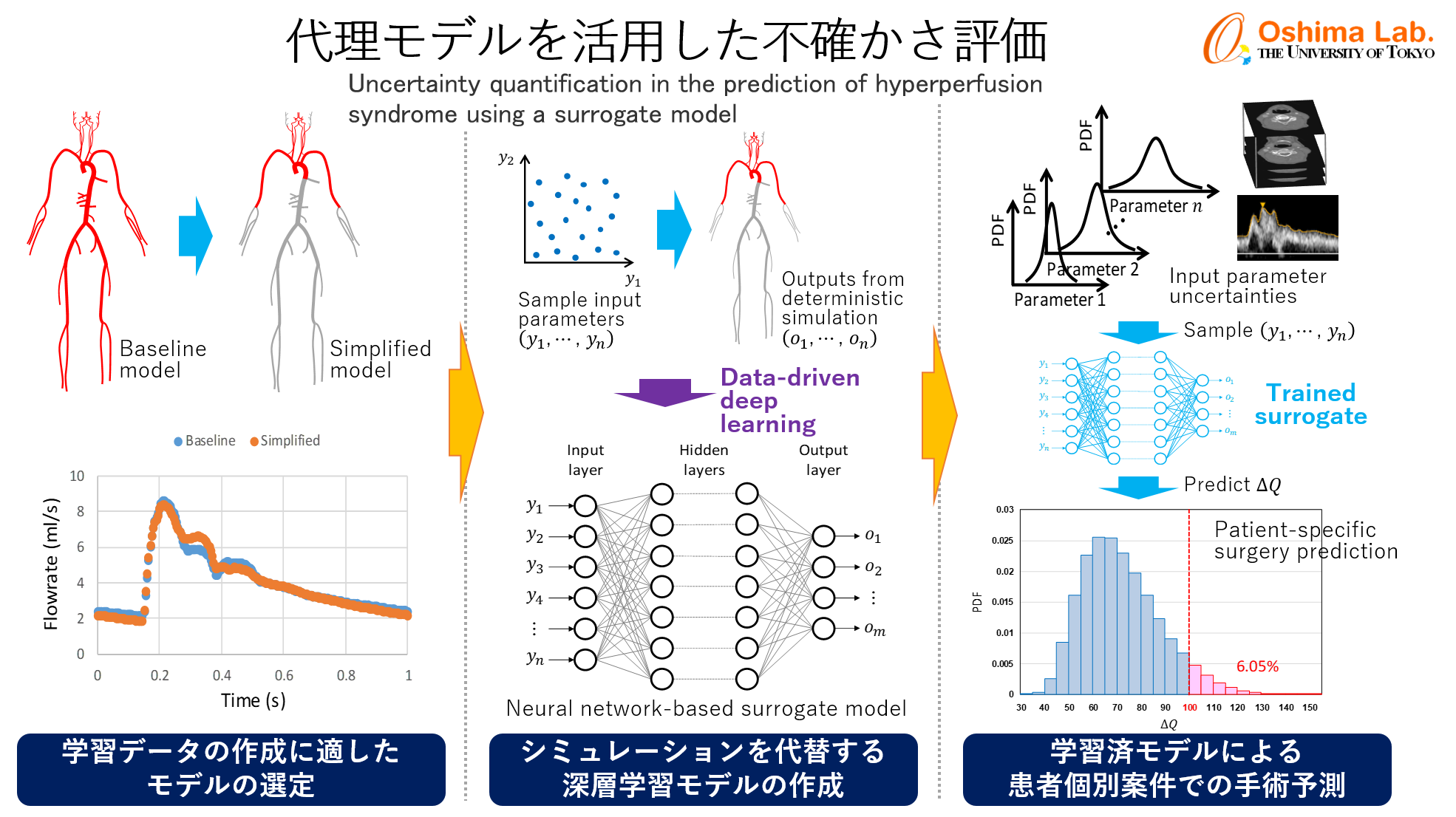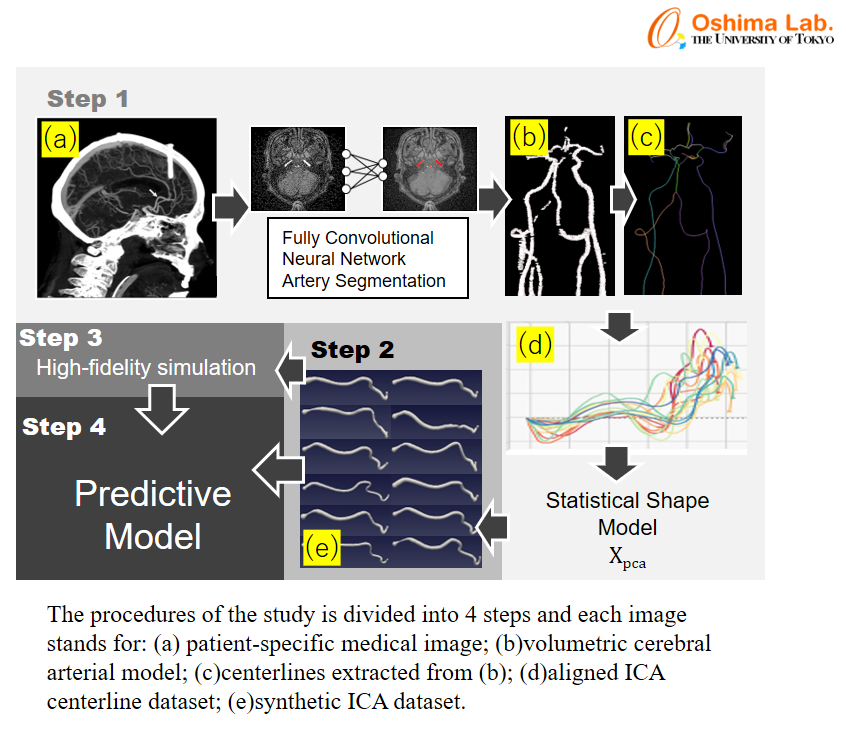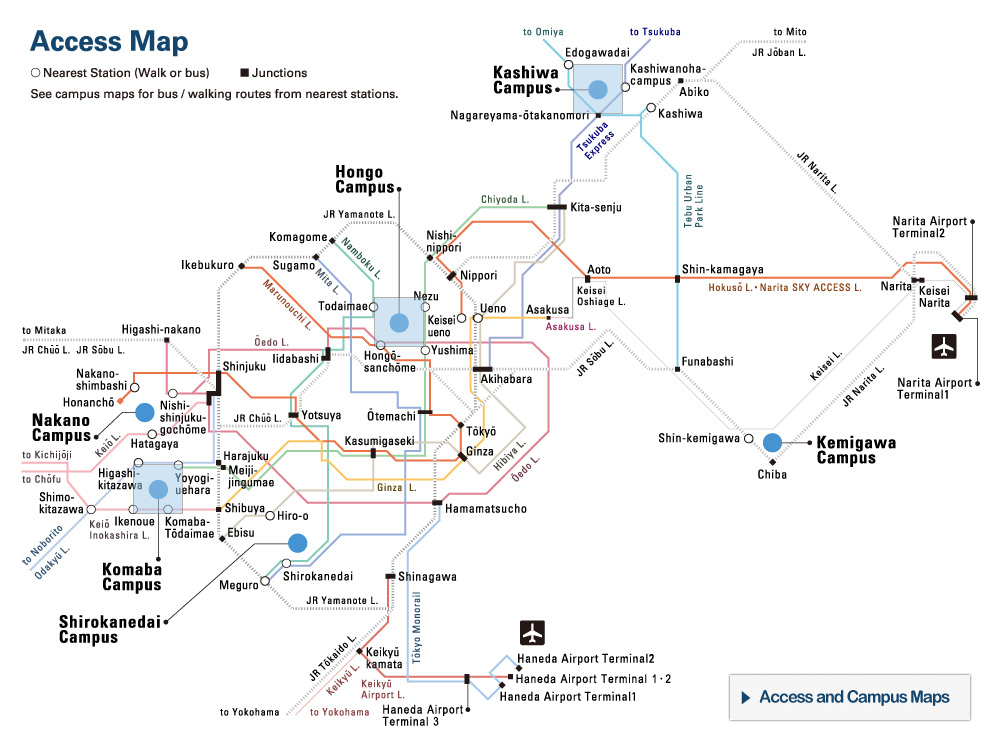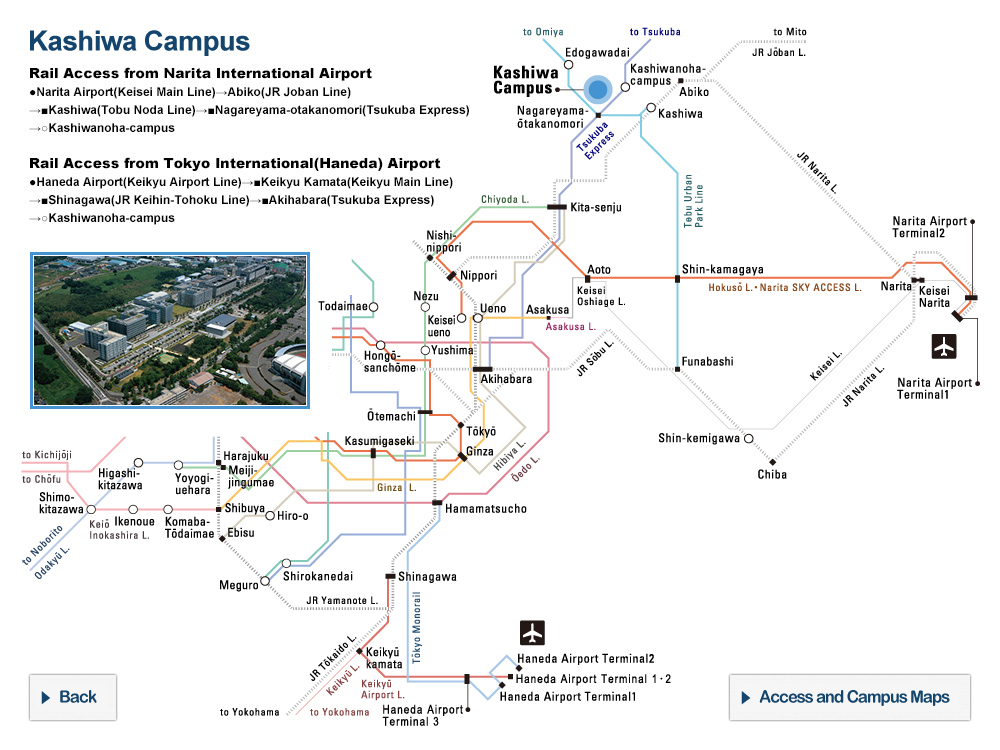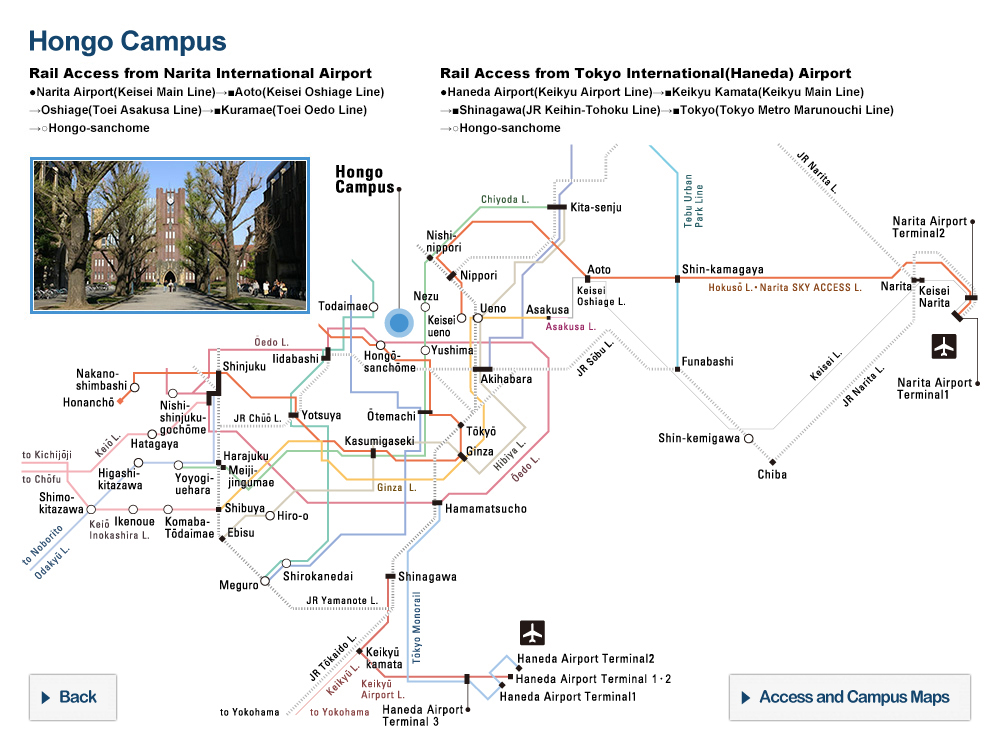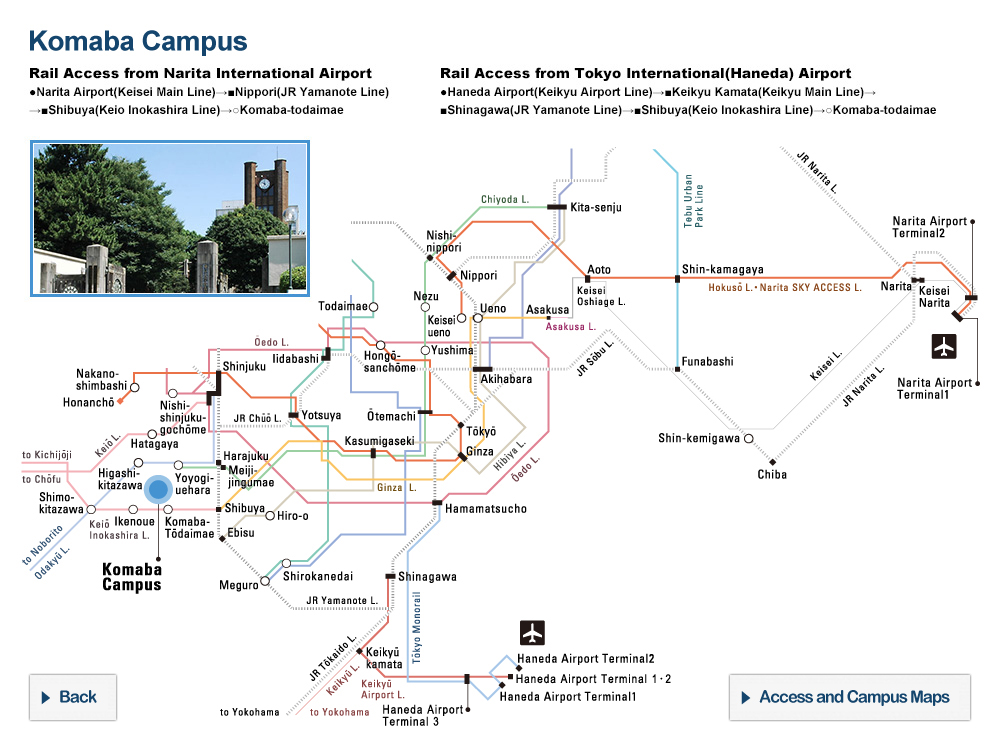Combination of Blood-Flow Numerical Simulation and Machine Learning for Predictive Medicine


- 1.3 Statistics, Machine Learning, Data Assimilation, Algorithms, Mathematical Foundation, Data Mining
- 2.2 Manufacturing Science and Engineering (Data-Driven Simulation, Structural Analysis, Fluid Analysis, Skills Transfer, Connected Industry)
- 2.10 Health, Medical (Medicine, Pharmacy, Nursing Science, Genome Science, HealthScience,Sports Science, Medical Informatics, Epidemiology, Drug Discovery, Nutrition )
Marie Oshima
Institute of Industrial Science
Professor Interfaculty Initiative in Information Studies Professor
To predict the risk of excess blood flow after surgery for arterial stenosis as well as stroke, model-driven blood-flow numerical simulation and data-driven machine learning are combined to obtain the post-surgical hemodynamic status and assess the risk of stroke rapidly with simulation-level accuracy.
Related links
Research collaborators
・The University of Tokyo Hospital
・Shiga University of Medical Science
・Saitama Medical University
・Fujita Health University
・Japan Agency for Medical Research and Development(AMED)
・Shiga University of Medical Science
・Saitama Medical University
・Fujita Health University
・Japan Agency for Medical Research and Development(AMED)
Related publications
・Yuhn, C., Hoshina, K., Miyahara, K., Oshima, M., Computational simulation of flow-induced arterial remodeling of the pancreaticoduodenal arcade associated with celiac artery stenosis, Journal of Biomechanics, Vol.92, pp.146–154, 2019.
・Kobayashi, M., Hoshina, K., Nemoto, Y., Takagi, S., Shojima, M., Hayakawa, M., Yamada, S., Oshima, M., A penalized spline fitting method to optimize geometric parameters of arterial centerlines extracted from medical images, Computerized Medical Imaging and Graphics, Vol.84, pp.101746, 2020.
・Zhang, H., Fujiwara, N., Kobayashi, M., Yamada, S., Liang, F., Takagi, S., Oshima, M., Development of a numerical method for patient-specific cerebral circulation using 1D–0D simulation of the entire cardiovascular system with SPECT data, Annals of Biomedical Engineering, Vol.44, No.8, pp.2351–2363, 2016.
・Kobayashi, M., Hoshina, K., Yamamoto, S., Nemoto, Y., Akai, T., Shigematsu, K., Watanabe, T., Oshima, M., Development of an image-based modeling system to investigate evolutional geometric changes of a stent graft in an abdominal aortic aneurysm, Circulation Journal, Vol.79, No.7, pp.1534-1541, 2015.
・Kobayashi, M., Hoshina, K., Nemoto, Y., Takagi, S., Shojima, M., Hayakawa, M., Yamada, S., Oshima, M., A penalized spline fitting method to optimize geometric parameters of arterial centerlines extracted from medical images, Computerized Medical Imaging and Graphics, Vol.84, pp.101746, 2020.
・Zhang, H., Fujiwara, N., Kobayashi, M., Yamada, S., Liang, F., Takagi, S., Oshima, M., Development of a numerical method for patient-specific cerebral circulation using 1D–0D simulation of the entire cardiovascular system with SPECT data, Annals of Biomedical Engineering, Vol.44, No.8, pp.2351–2363, 2016.
・Kobayashi, M., Hoshina, K., Yamamoto, S., Nemoto, Y., Akai, T., Shigematsu, K., Watanabe, T., Oshima, M., Development of an image-based modeling system to investigate evolutional geometric changes of a stent graft in an abdominal aortic aneurysm, Circulation Journal, Vol.79, No.7, pp.1534-1541, 2015.
SDGs
Contact
- Interfaculty Initiative in Information Studies
- ex. 56205
- Tel: +81-3-5452-6205
- Email: olab[at]iis.u-tokyo.ac.jp
※[at]=@


